Home>Furniture>Office Furniture>How To Build A Wall Of Bookshelves
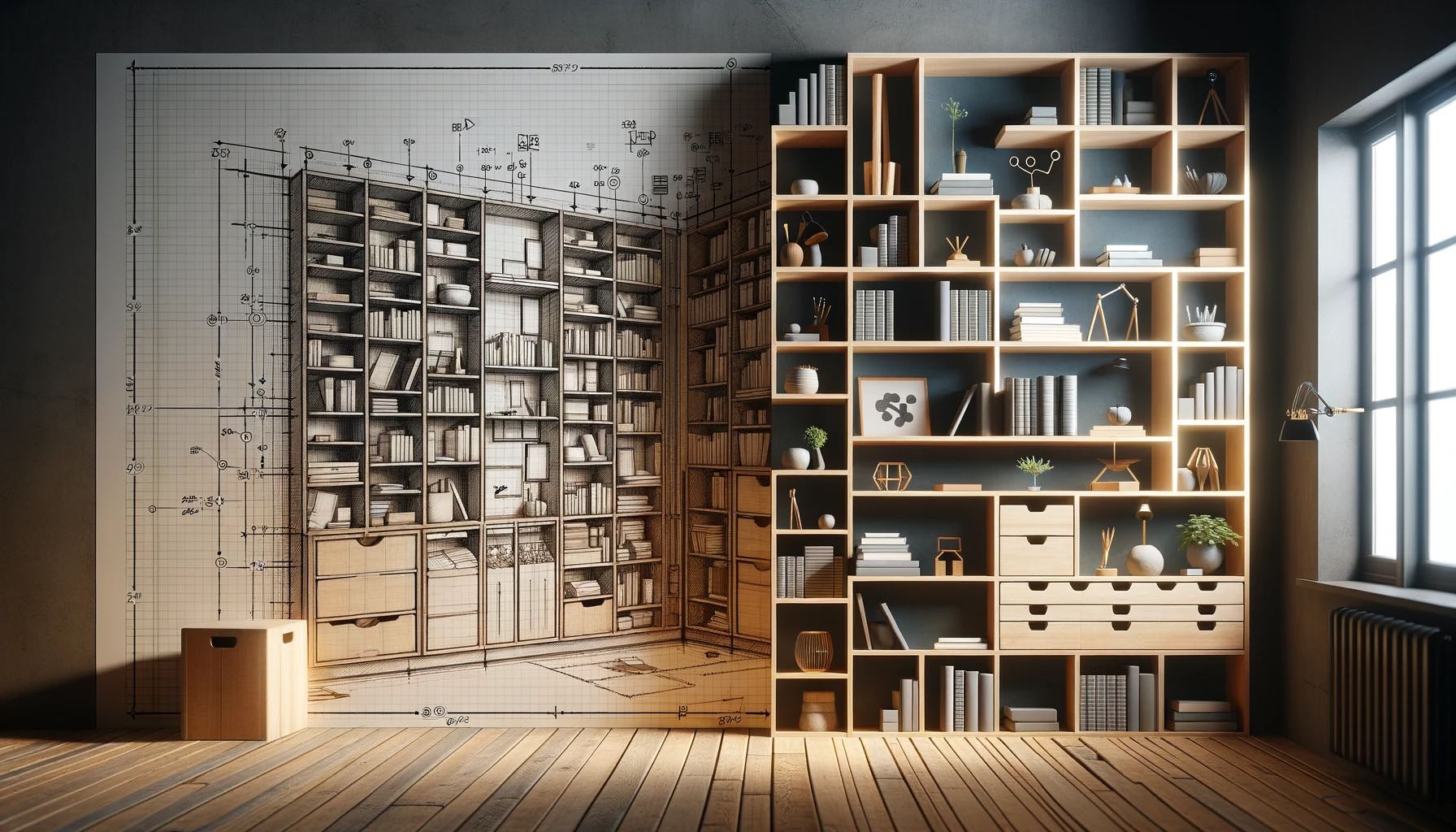

Office Furniture
How To Build A Wall Of Bookshelves
Modified: January 19, 2024
Learn how to build a stunning wall of bookshelves for your office-furniture. Create a functional and stylish storage solution that maximizes space.
(Many of the links in this article redirect to a specific reviewed product. Your purchase of these products through affiliate links helps to generate commission for Storables.com, at no extra cost. Learn more)
Introduction
Welcome to the world of office furniture – specifically, the wonderful realm of bookshelves. In this article, we will delve into the art of building a wall of bookshelves. Whether you are a book lover, an avid collector, or simply in need of organized storage space, building a wall of bookshelves can be a practical and visually appealing solution for your office.
A wall of bookshelves not only provides ample storage for your books and other items, but it can also serve as a decorative focal point in your office space. Imagine being surrounded by a vast collection of books, perfectly organized and displayed, creating a cozy and sophisticated atmosphere. It’s like having your own personal library at your fingertips!
Before we jump into the nitty-gritty details of building a wall of bookshelves, it’s important to take a few factors into consideration. The location, materials, and measurements are essential aspects that will determine the success of your project. So, let’s explore these elements together and find out how to create a stunning wall of bookshelves that will not only meet your storage needs but also elevate the overall aesthetic of your office.
Key Takeaways:
- Create a stunning wall of bookshelves by carefully selecting the location, materials, and planning the layout. This project combines functionality and aesthetics, providing ample storage and a visually appealing focal point for your office.
- Elevate your wall of bookshelves with finishing touches like adjustable shelves, lighting, and decorative accessories. Transform basic storage units into a visually stunning and personalized display that reflects your style and personality.
Read more: How To Build Bookshelves For Kids
Selecting the Location
Choosing the right location for your wall of bookshelves is crucial for both functionality and aesthetics. Before you begin the construction process, here are a few factors to consider:
- Accessibility: Opt for a location that is easily accessible and does not obstruct traffic flow in the office. It should allow for comfortable browsing and retrieval of books.
- Visibility: Select a prominent spot in the office where the wall of bookshelves can be seen and admired. It could be a blank wall or a focal point that adds character to the overall design.
- Natural Lighting: Take into account the availability of natural light in the chosen location. A well-lit area will enhance the visibility of the books and create a warm ambiance.
- Proximity to Power Outlets: If you plan to incorporate lighting, decorative items, or electronic devices in the bookshelves, ensure that the chosen location is near power outlets to accommodate these needs.
Once you have considered these factors, assess the space and measurements of the chosen location. This will help you determine the dimensions and quantity of bookshelves required to suit the area. Keep in mind any architectural features or obstructions, such as windows, doors, or air vents, that may affect the placement and design of the bookshelves.
Selecting the optimal location is the first step towards creating an impressive wall of bookshelves. It sets the foundation for the entire project and influences the overall functionality and aesthetics of the finished product. Take your time to carefully assess your office space and choose a location that will not only showcase your books but also enhance the overall design of the room.
Choosing the Right Materials
When it comes to building a wall of bookshelves, selecting the right materials is crucial for durability and visual appeal. Here are some considerations to keep in mind:
- Wood: Opt for high-quality, sturdy wood for the bookshelves. Hardwoods such as oak, mahogany, or cherry are excellent choices due to their durability and timeless beauty. Alternatively, you can use engineered wood or plywood for a more affordable option.
- Finish: Decide on the finish that best suits your office aesthetic. You can go for a natural wood finish, a painted finish, or even a combination of different finishes to add visual interest. Consider the overall color scheme and style of your office when choosing the finish.
- Shelving Material: Depending on your preferences, you can use solid wood, glass, or metal for the bookshelf shelves. Solid wood provides a warm and classic look, while glass shelves create a modern and elegant appearance. Metal shelves add an industrial touch to your office space.
- Hardware: Don’t overlook the importance of quality hardware for stability and functionality. Choose sturdy brackets, shelf standards, and screws that can support the weight of your books and ensure that the shelves are securely attached to the wall.
Remember to consider the overall design and style of your office when selecting materials. You want your wall of bookshelves to seamlessly integrate with the existing décor and create a cohesive look. If you’re unsure about which materials to choose or how to strike the right balance, consult with a professional or seek inspiration from interior design magazines or online platforms.
By carefully choosing the right materials, you can ensure that your wall of bookshelves not only lasts for years to come but also becomes a visually striking centerpiece in your office. So take your time, explore different options, and select materials that align with your vision and meet your functional needs.
Measuring and Planning
Before the construction of your wall of bookshelves can begin, it is essential to take accurate measurements and plan the layout. This step will determine the dimensions, placement, and design of your bookshelves. Here’s how to get started:
- Measurements: Begin by measuring the height, width, and depth of the wall where the bookshelves will be installed. Take note of any existing architectural features, such as windows, door frames, or electrical outlets, that may impact the planning process.
- Spacing: Determine the spacing between each shelf based on the size of your books and personal preference. Consider leaving enough space for taller books or decorative items.
- Design: Sketch out a layout for your bookshelves, taking into account the number of shelves needed and any additional design elements such as crown molding or decorative trim. This will give you a visual representation of how the bookshelves will look on the wall.
- Allowance for Accessories: If you plan to incorporate lighting, power outlets, or other accessories, ensure that you allocate space for these during the planning phase. This will facilitate seamless integration of these elements into your bookshelves.
Once you have gathered all the necessary measurements and devised a plan, it is helpful to create a detailed diagram or utilize design software to bring your vision to life. Use this as a guide throughout the construction process to ensure accuracy and avoid any costly mistakes.
Remember, precise measurements and thoughtful planning are key to achieving a polished and professional look for your wall of bookshelves. Take your time during this phase to avoid any errors or miscalculations, as they can have a significant impact on the final outcome.
Preparing the Wall
Before you can begin assembling the bookshelves, it’s important to prepare the wall to ensure a stable and secure installation. Follow these steps to properly prepare the wall:
- Clean the Wall: Remove any dust, dirt, or debris from the wall surface. Use a damp cloth or sponge to wipe down the area, ensuring that it is clean and free from any obstructions that may interfere with the installation.
- Inspect the Wall: Carefully inspect the wall for any cracks, holes, or structural issues. If you notice any significant damage, it may be necessary to repair or reinforce the wall before proceeding with the bookshelf installation.
- Locate Wall Studs: Use a stud finder to locate the wall studs. These vertical wooden beams provide the necessary support for the bookshelves. Mark the locations of the studs with a pencil or painter’s tape.
- Remove Baseboards: If your wall has baseboards, consider removing them before installing the bookshelves. This will ensure a flush and seamless fit against the wall. Use a pry bar or putty knife to carefully remove the baseboards.
- Paint or Wallpaper: Depending on your preference, you can choose to paint or wallpaper the wall before installing the bookshelves. This will allow for a more polished and finished look.
Properly preparing the wall is crucial for a successful bookshelf installation. It not only ensures a secure attachment but also creates a clean and polished backdrop for your wall of bookshelves.
Take the time to thoroughly inspect and clean the wall, locate the studs, and consider removing baseboards if necessary. By doing so, you’ll be on your way to creating a beautiful and functional wall of bookshelves that will enhance your office space.
When building a wall of bookshelves, make sure to secure the shelves to the wall studs for stability and safety. Use a level to ensure the shelves are straight and evenly spaced.
Read more: How To Mount Bookshelves On Wall
Assembling the Bookshelves
With the wall prepared, it’s time to move on to assembling the bookshelves. This step involves constructing each individual shelf unit before they are mounted on the wall. Here’s a step-by-step guide to assembling your bookshelves:
- Read the Instructions: Before diving into the assembly process, carefully read and understand the instructions provided by the manufacturer. This will ensure that you follow the correct steps and avoid any mistakes.
- Organize the Parts: Lay out all the components and organize them according to the instructions. This will make it easier to locate and assemble each part of the bookshelf.
- Follow the Assembly Sequence: Start assembling the bookshelf according to the given sequence in the instructions. Typically, this involves connecting the sides, attaching the shelves, and adding any additional components such as back panels or trim.
- Secure the Joints: Use the appropriate screws, nails, or brackets provided to secure the joints and shelves. Follow the instructions to ensure a sturdy and stable structure.
- Check for Alignment: Regularly check for alignment as you assemble the bookshelf to ensure that the shelves are level and properly spaced. Adjust as necessary to achieve a balanced and visually pleasing look.
- Repeat for Each Unit: Repeat the assembly process for each unit of the bookshelf. If you have multiple units, it’s important to maintain consistency in terms of construction and alignment.
Assembling the bookshelves can be a time-consuming process, so be patient and meticulous. Take breaks when needed and double-check your work to avoid any errors that may compromise the stability and functionality of the bookshelves.
By following these steps and carefully following the manufacturer’s instructions, you’ll be well on your way to constructing beautiful and functional bookshelves that will enhance your office space.
Attaching the Bookshelves to the Wall
After assembling the bookshelves, the next step is to securely attach them to the wall. This process will ensure stability and prevent any accidents or damage. Here’s a guide on how to attach the bookshelves to the wall:
- Locate the Wall Studs: Use a stud finder to locate the studs in the wall. It’s crucial to anchor the bookshelves to the studs for maximum support and stability. Mark the stud locations with a pencil or painter’s tape.
- Position the Bookshelves: Carefully position the assembled bookshelves against the wall, aligning them with the marked stud locations. Make sure they are leveled and even.
- Secure the Bookshelves: Using screws or appropriate fasteners, attach the bookshelves to the wall by driving the screws through the back of the bookshelves into the wall studs. Place screws at multiple points to distribute the weight evenly and ensure a secure attachment.
- Check Stability: Once the bookshelves are attached, give them a gentle shake to ensure they are stable and securely anchored to the wall. If there is any wobbling or instability, reinforce the attachment points or consult a professional for assistance.
It is important to note that the specific method of attachment may vary depending on the design and construction of your bookshelves. Always refer to the manufacturer’s instructions for the recommended attachment method.
By securely attaching the bookshelves to the wall and utilizing the wall studs for support, you’ll create a safe and durable installation that can withstand the weight of your books and other items.
Remember, safety should be a top priority when attaching the bookshelves to the wall. If you’re unsure or uncomfortable with the process, it is recommended to seek assistance from a professional to ensure a secure and stable installation.
Adding Finishing Touches
Once the bookshelves are securely mounted on the wall, it’s time to add the finishing touches that will elevate their appearance and functionality. These small details can make a significant difference in the overall aesthetic of your wall of bookshelves. Here are some ideas to consider:
- Adjustable Shelves: If your bookshelves allow for adjustable shelves, take advantage of this feature to accommodate books of varying sizes and create a visually pleasing arrangement.
- Back Panel: Consider adding a back panel to your bookshelves for added stability and a clean, finished look. You can choose a material that complements the overall design, such as wood, metal, or glass.
- Lighting: Install subtle lighting fixtures under the shelves to highlight your books and create a warm ambiance. LED strip lights or puck lights are popular options that add a touch of elegance to your bookshelves.
- Decorative Accessories: Personalize your wall of bookshelves by incorporating decorative accessories such as plants, sculptures, or framed artwork. These will add visual interest and make the space feel more inviting.
- Organizational Tools: Maximize the functionality of your bookshelves by including organizational tools like bookends, magazine holders, or storage baskets. These accessories not only keep your books tidy but also add a sense of order to the shelves.
- Showcase Items: Reserve a few shelves to display special items, collector’s editions, or personal mementos. This adds a personal touch and creates a focal point within your wall of bookshelves.
Remember to strike a balance between functionality and aesthetics when adding the finishing touches to your bookshelves. Choose accessories and decorative elements that enhance the overall design while still allowing easy access to your books.
By paying attention to these small details, you can transform your wall of bookshelves from basic storage units to a visually stunning and personalized display that reflects your style and personality.
Conclusion
Building a wall of bookshelves is a rewarding project that combines functionality and aesthetics in your office space. It not only provides ample storage for your books and items but also serves as a visually appealing focal point. By following the steps outlined in this article, you can create a beautiful wall of bookshelves that meets your needs and enhances the overall design of your office.
From selecting the perfect location to choosing the right materials and thoroughly planning the layout, each step plays a vital role in the success of your project. Taking accurate measurements, properly preparing the wall, and securely attaching the bookshelves are crucial for stability and durability.
Additionally, don’t overlook the importance of adding finishing touches to elevate the overall appearance of your bookshelves. Whether it’s adjustable shelves, back panels, lighting, or decorative accessories, these details can truly transform your wall of bookshelves into a stunning and personalized display.
Remember that safety should always come first when it comes to construction projects. If you’re not experienced or comfortable with the process, it’s recommended to seek assistance from a professional to ensure a secure installation.
So, take the plunge and embark on this exciting journey of building your own wall of bookshelves. Not only will it provide practical storage solutions, but it will also create a captivating and cozy atmosphere in your office. Get ready to surround yourself with your beloved books, organized and beautifully showcased, in your very own personal library.
Frequently Asked Questions about How To Build A Wall Of Bookshelves
Was this page helpful?
At Storables.com, we guarantee accurate and reliable information. Our content, validated by Expert Board Contributors, is crafted following stringent Editorial Policies. We're committed to providing you with well-researched, expert-backed insights for all your informational needs.
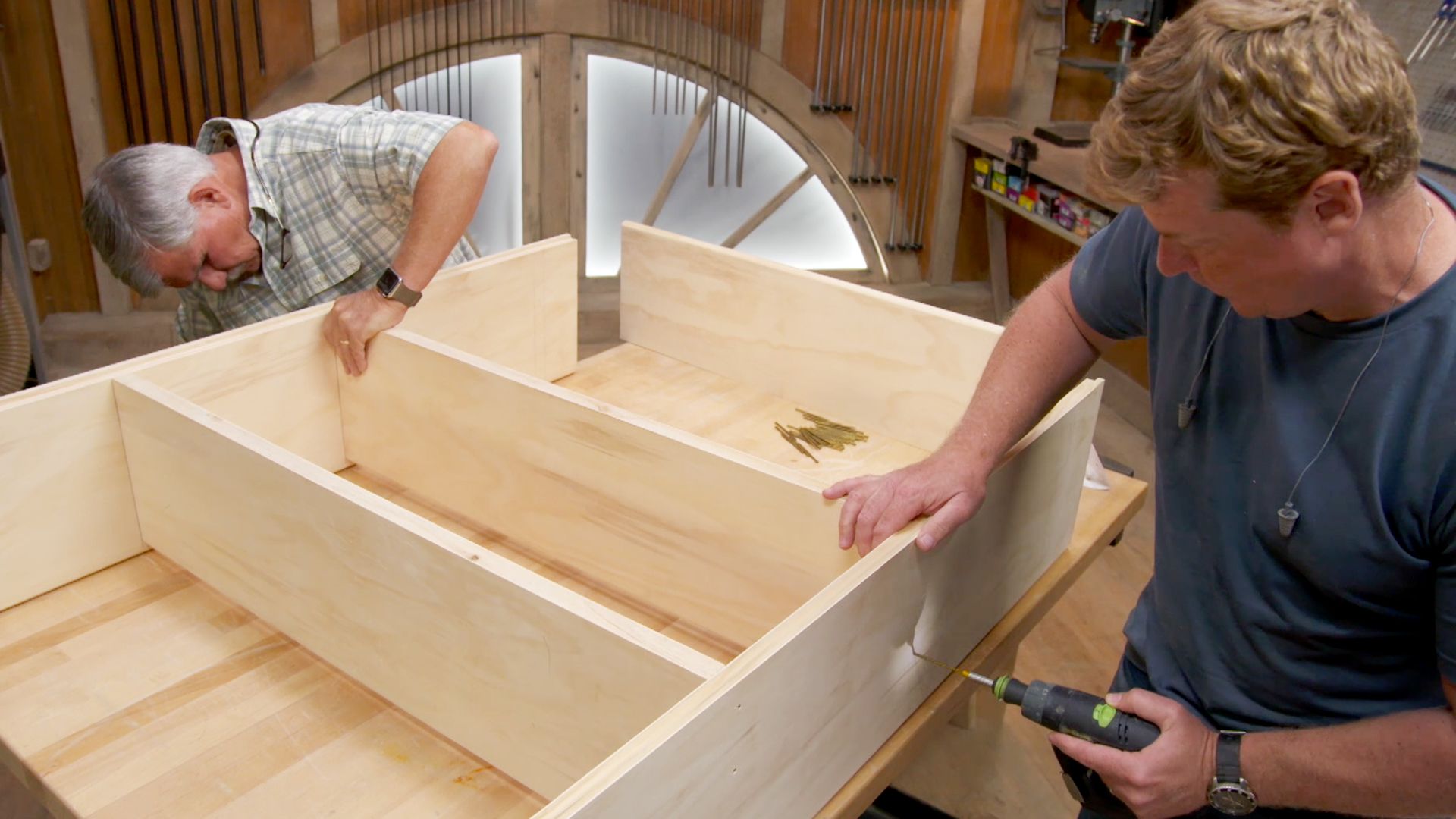
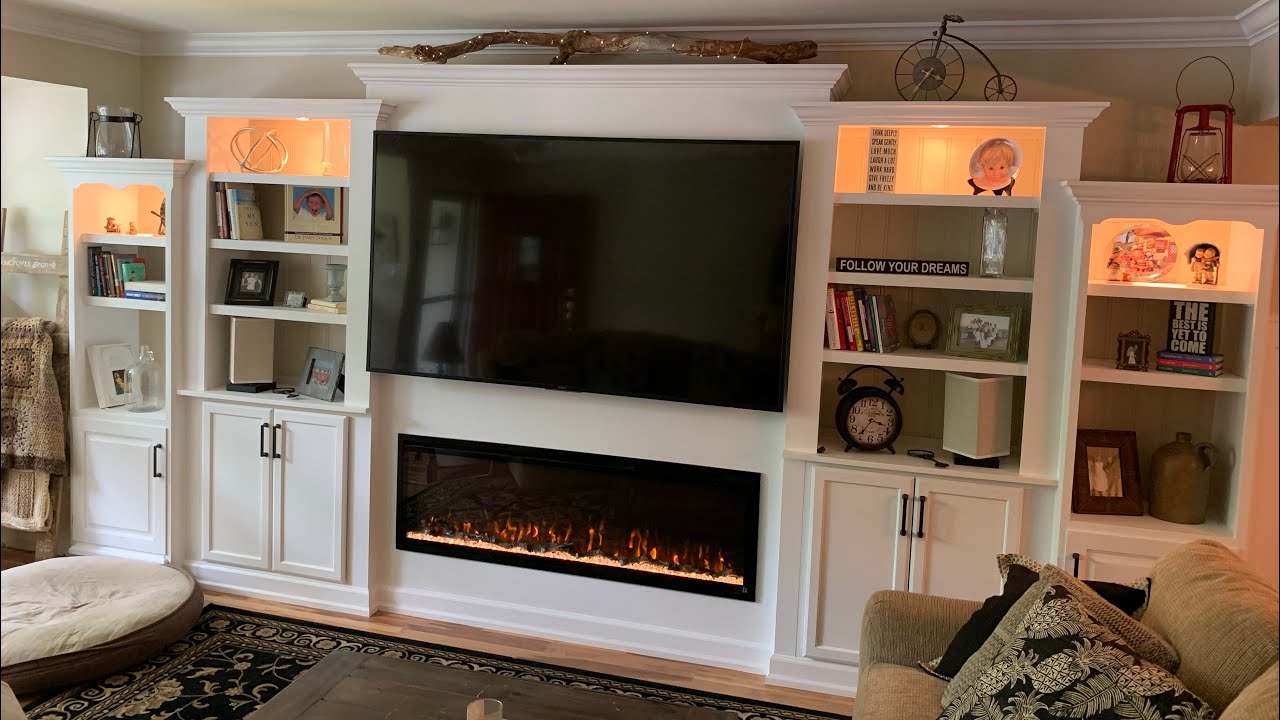
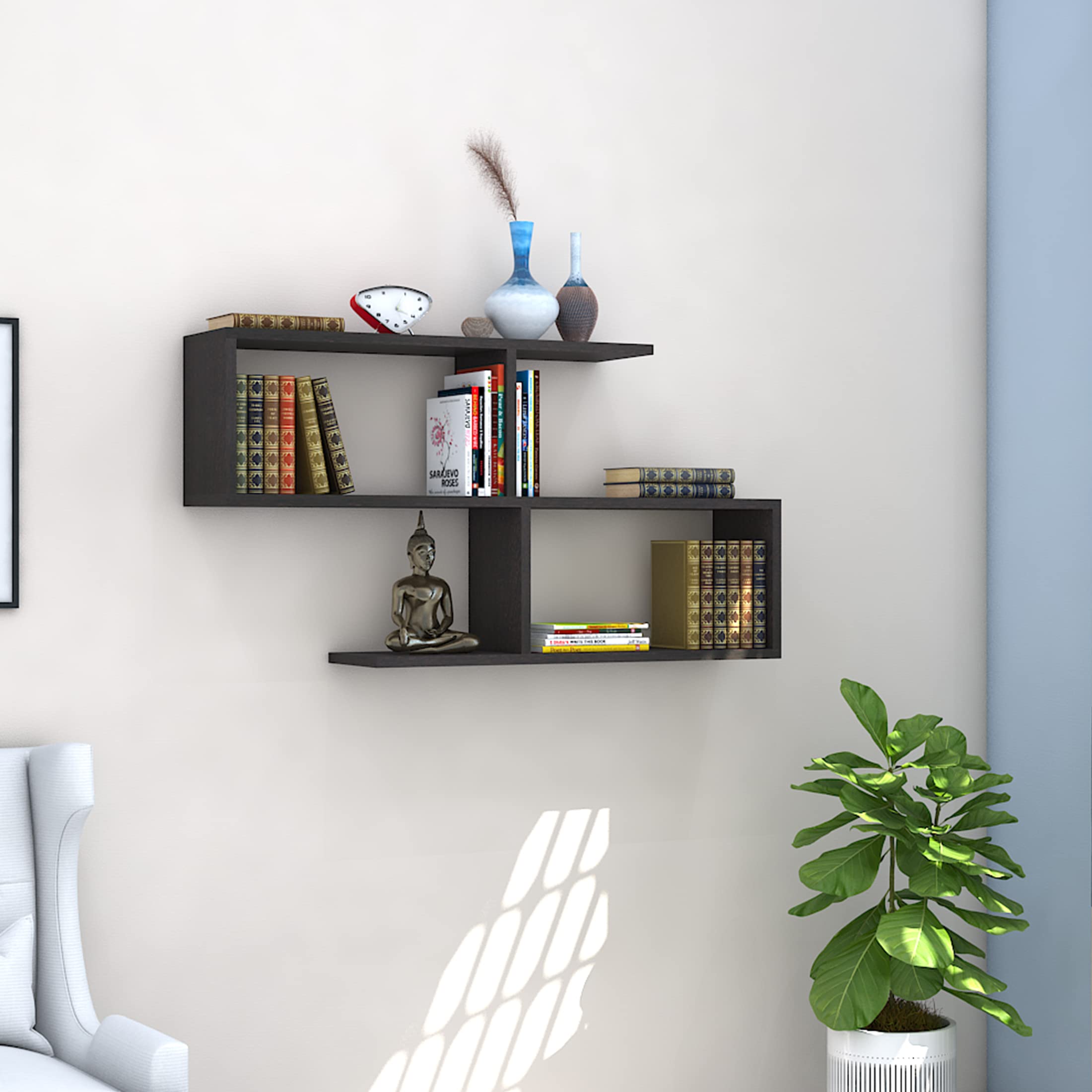
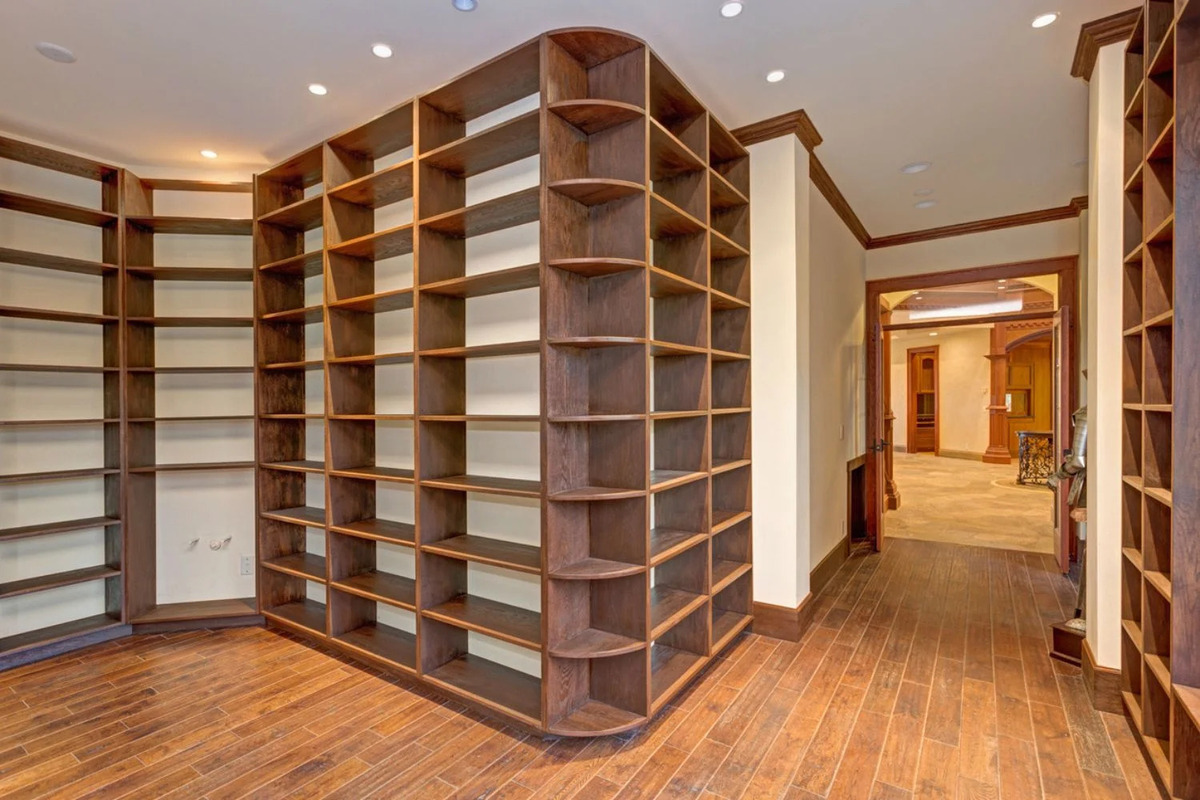
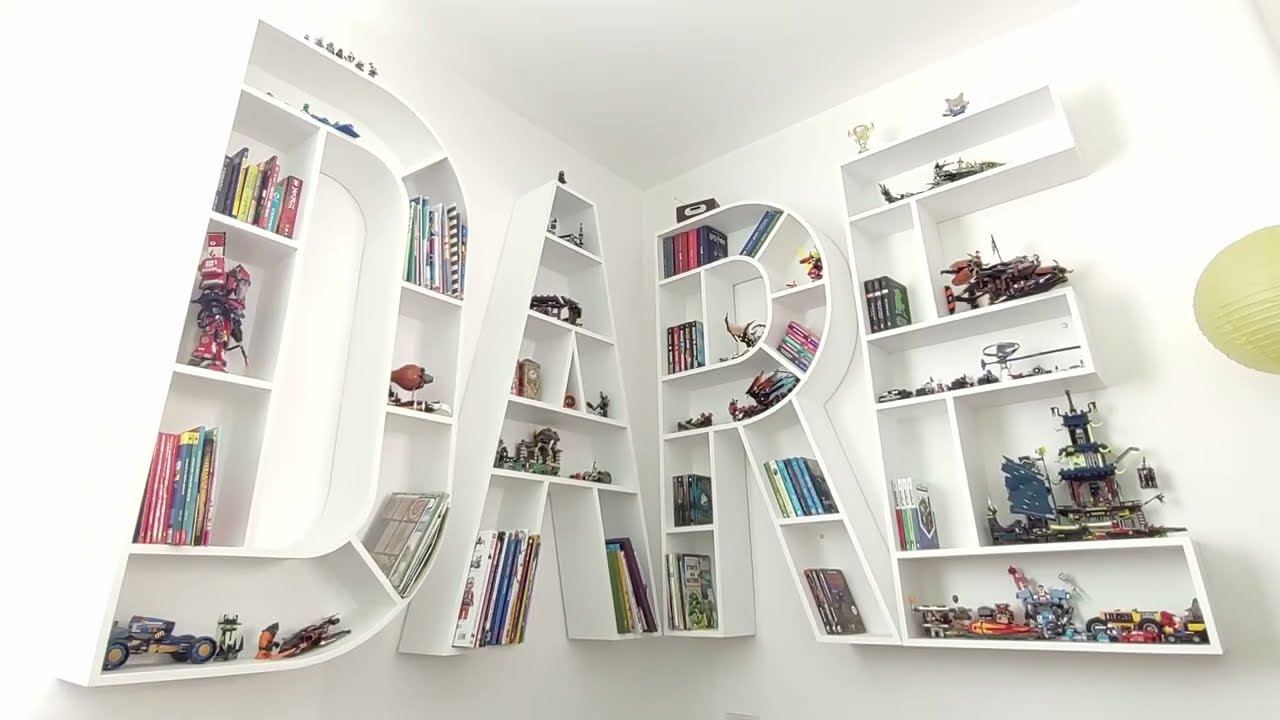
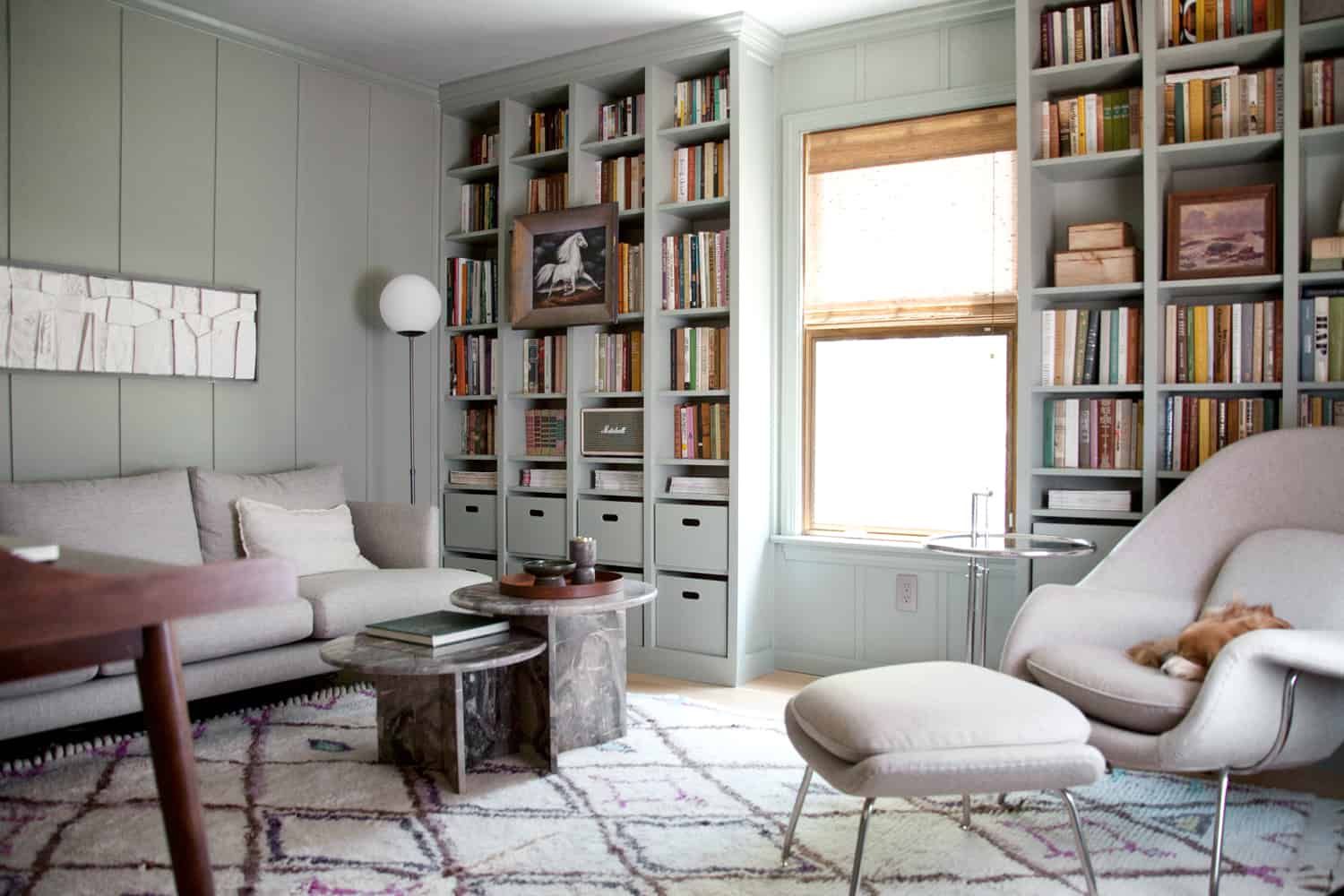
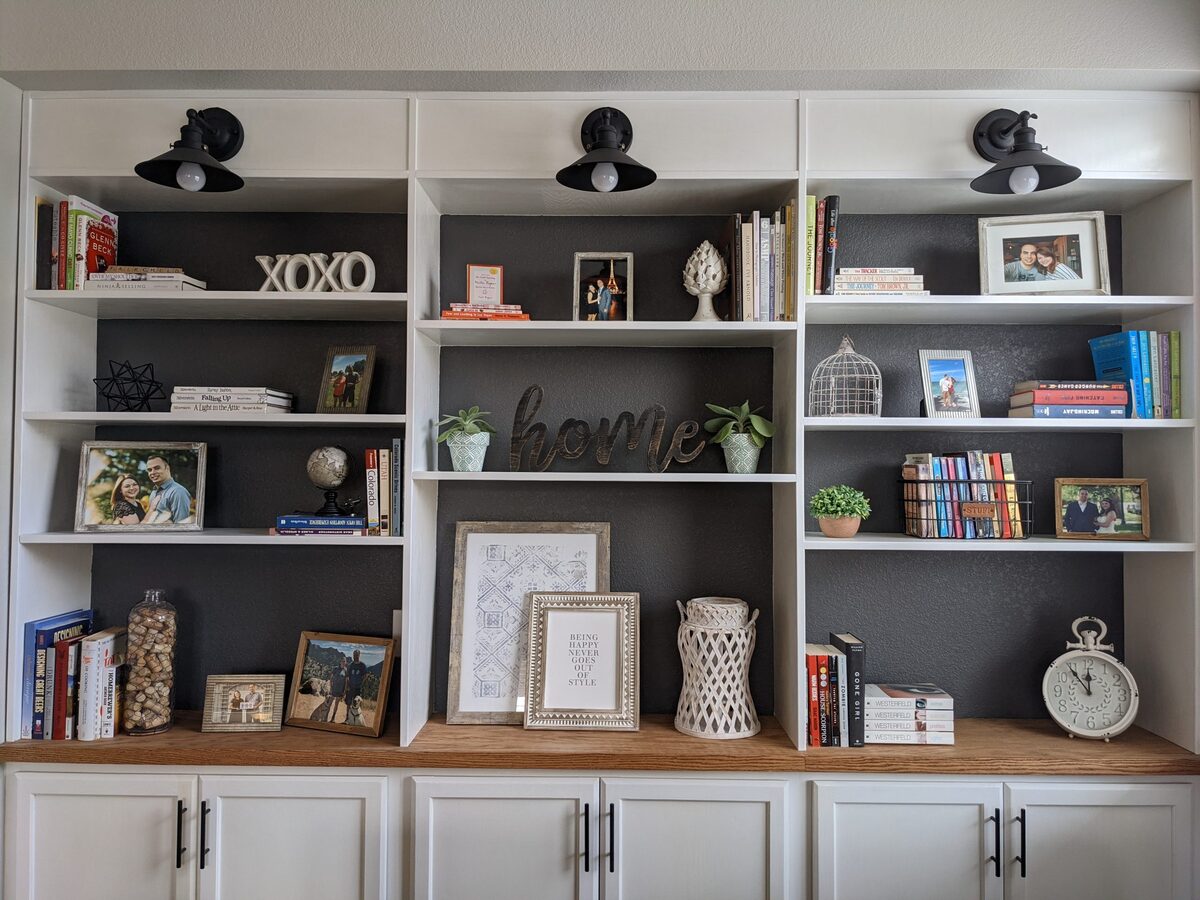
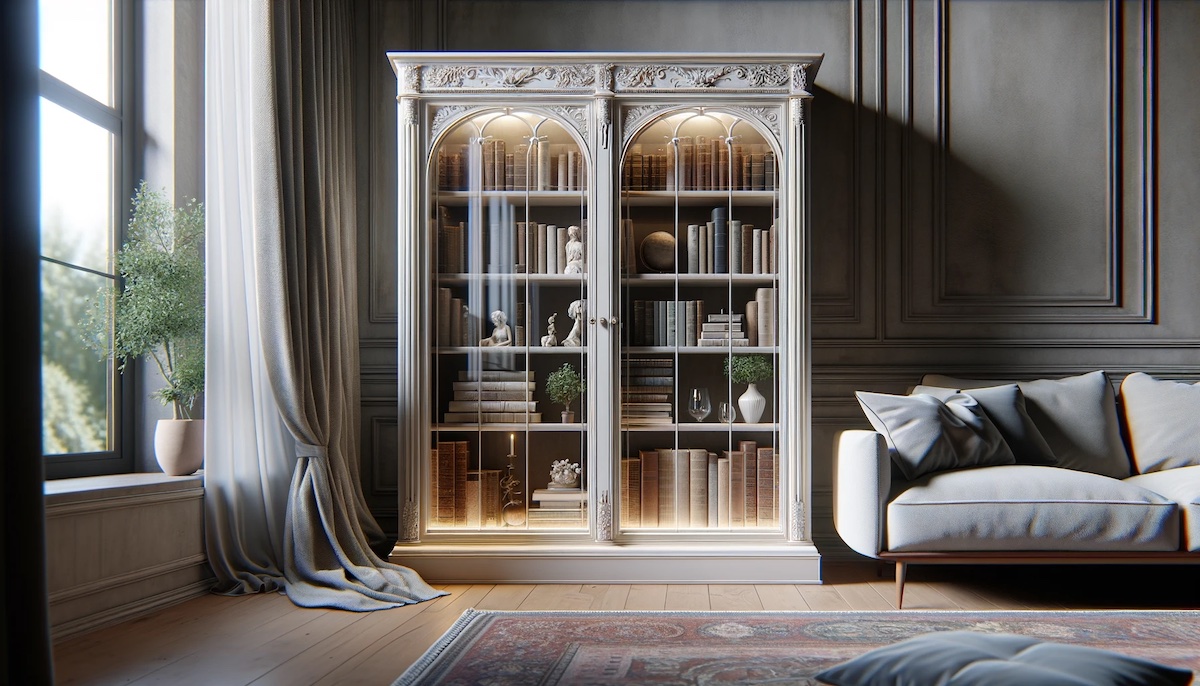
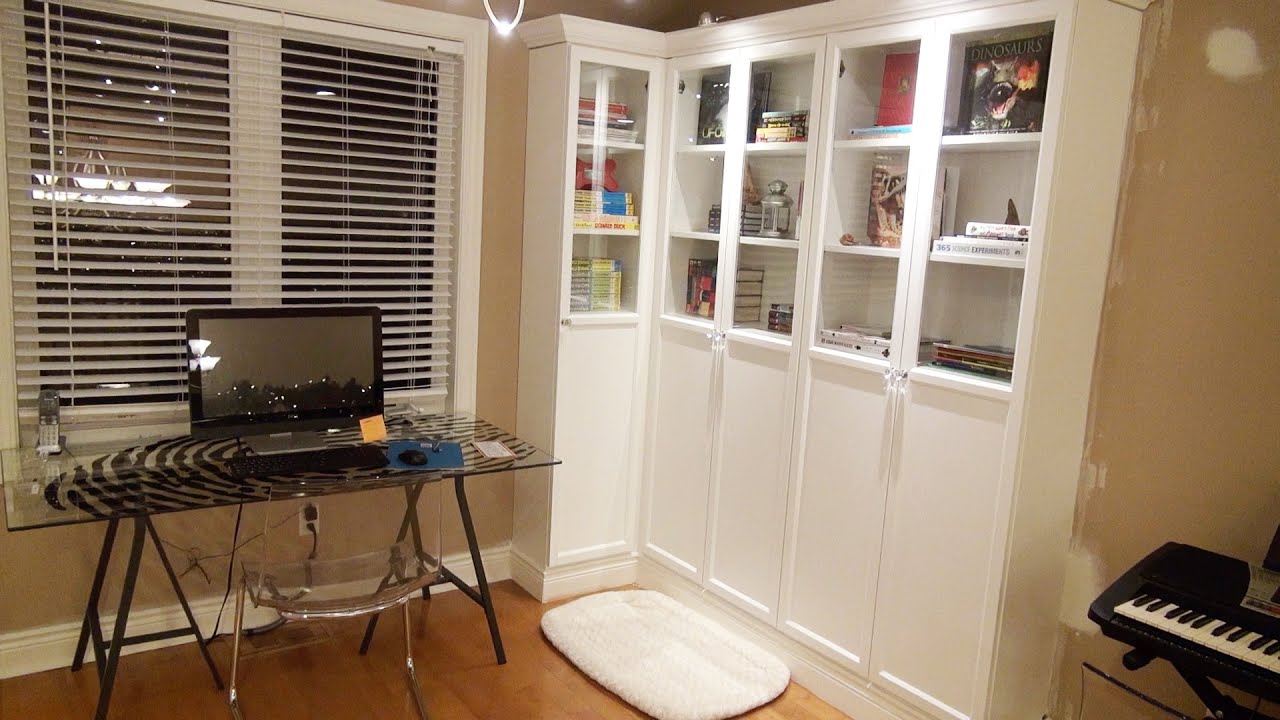
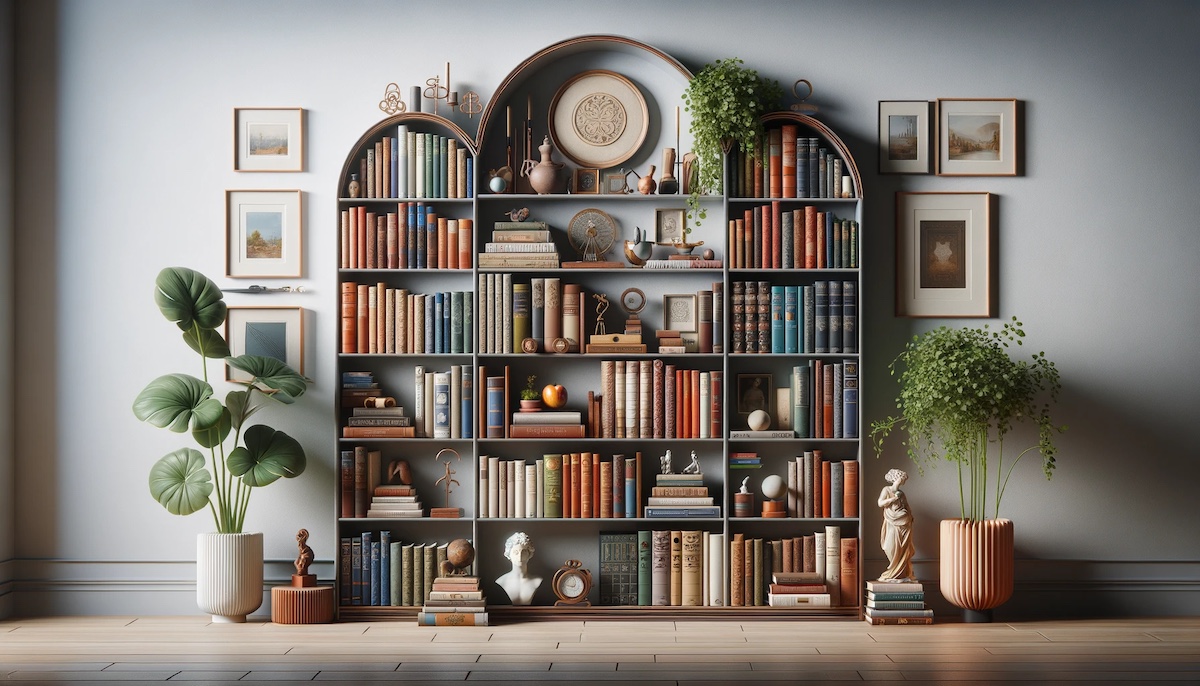
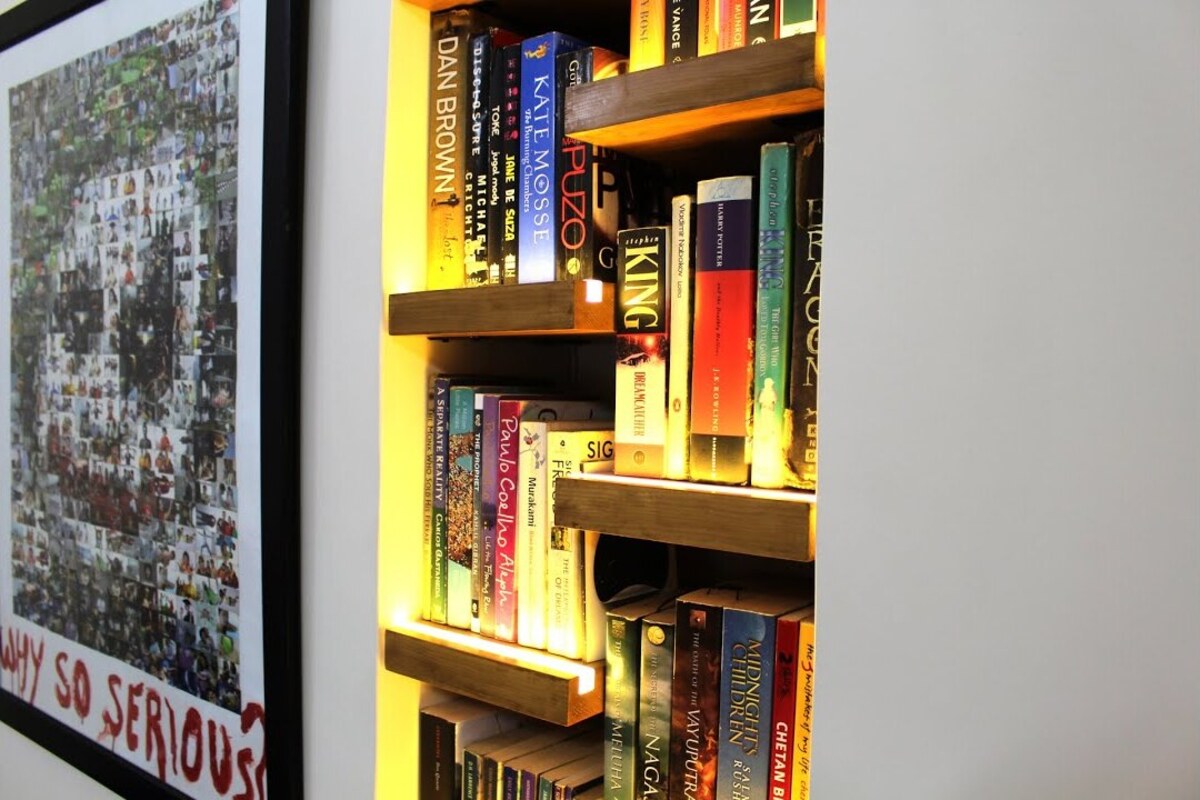
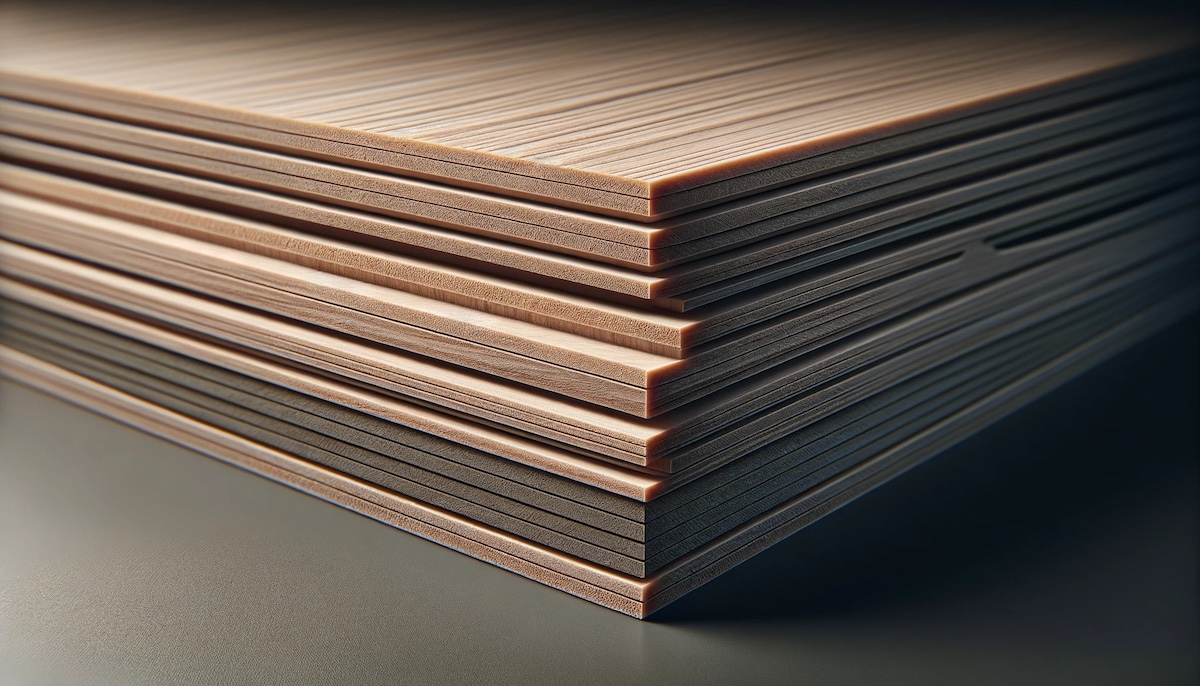
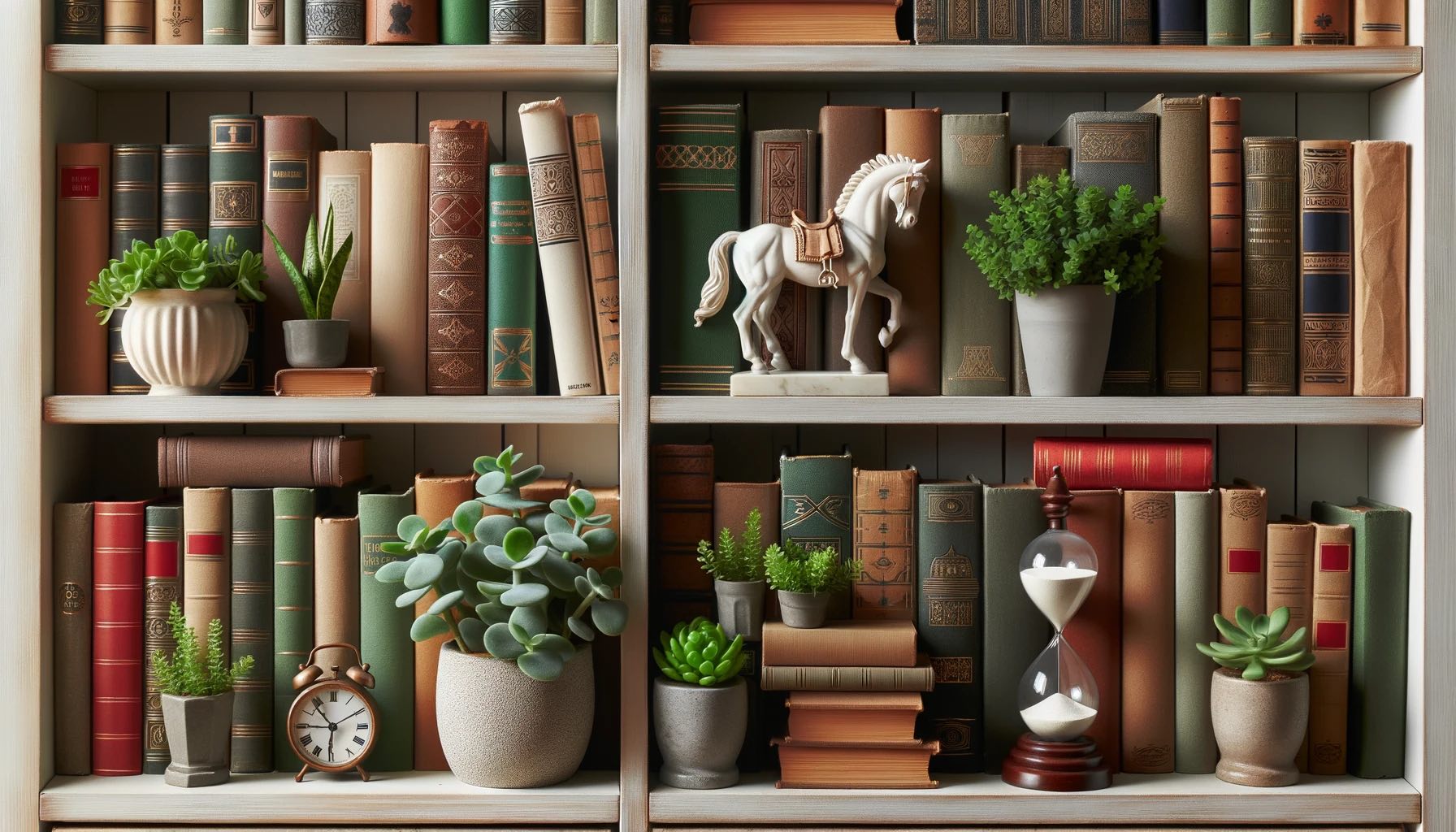


0 thoughts on “How To Build A Wall Of Bookshelves”